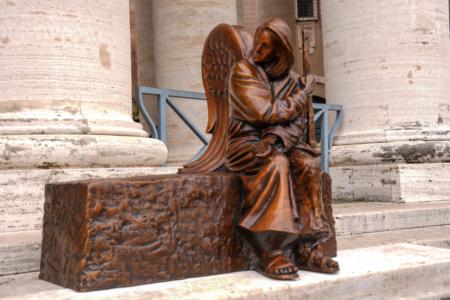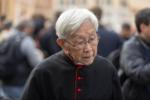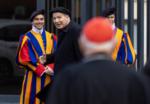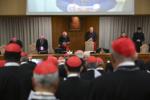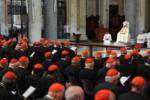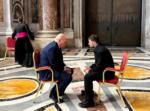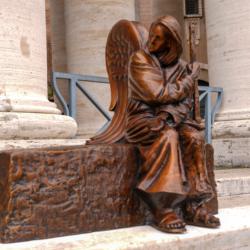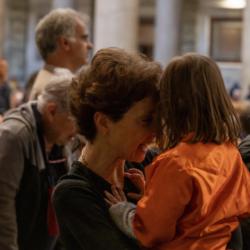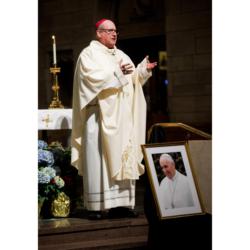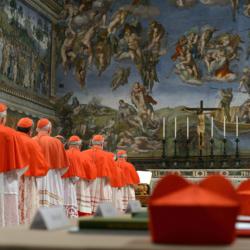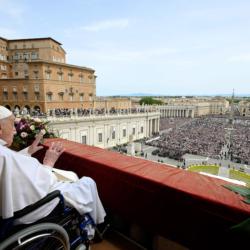A season overgrown by excess
What is Advent? Is it mini-Lent? Are we supposed to give something up? Are we supposed to do something extra?
That's the funny thing about Advent: We know it's there, but many of us are not sure what it is, exactly, or what we are supposed to do with it. The secular world calls this time "The Holiday Season," or -- more accurately -- "The Holiday Shopping Season." And the secular world knows exactly what to do: shop, party, wrap things, watch holiday specials, eat.
All of which is an enjoyable way to mark the fading of the warm months and the nestling in for the cold.
But perhaps we have the nagging feeling that there is something else we should be doing as we prepare for Christmas.
Part of that nag is certainly the fact that the highly commercialized festivities can overwhelm our efforts to observe the religious nature of the season. But perhaps another part is that we misunderstand Advent.
Here's what the church's General Norms for the Liturgical Year and the Calendar has to say about Advent:
"Advent has a twofold character: as a season to prepare for Christ when Christ's first coming to us is remembered; as a season when that remembrance directs the mind and heart to await Christ's second coming at the end of time. Advent is thus a period for devout and joyful expectation."
This norm was promulgated in 1969, after the Second Vatican Council. Before the council, Advent was indeed thought of by most as a mini-Lent; it was a time to do penance and prepare for the coming of the Lord. Even today, the Eastern churches call it the "little Lent."
And, of course, any preparation for the Lord requires a turning away from sin. Every part of the church's life includes a recognition that we must turn away from our bad habits and turn more completely toward God.
So there is a penitential aspect to Advent. But it is not the key attribute of the season. Instead, the church chooses to emphasize remembrance, joy and expectation.
Speaking last year about Advent, the pope said that it should be marked by two attitudes: "vigilance in prayer" and "exultance in praise."
Our exemplar of this season, is, of course, Mary, the mother of Jesus.
With Joseph she celebrated the first season of waiting for the Redeemer child.
Advent is, therefore, a time to remember the virtues of Mary and to learn from them -- her patience, her trust, her strength, her love for the Christ Child and her nurturing of him within herself.
Advent is a time to walk with Mary so that we can hold with her the Christ Child. Are we, too, letting the life of Christ grow within us? Does the growing of that life bring us joy? Do we nurture it? And are we waiting for him, as she waited for him?
Perhaps Advent is difficult for us because we are results oriented; we are not oriented toward waiting, toward simply loving the Lord who grows within us.
But that is all Advent is: to wait joyfully, expectantly -- both for Christmas and for the fulfillment of God's promise to us for life eternal with him, for a new heaven and a new earth.
To celebrate Advent requires a heart willing -- amid all the bustle of the season -- to simply love the life of Christ and to take joy that he is coming to fullness in us and that he is coming into the world.
One of the nice things about this is that it doesn't really conflict with "The Holiday Shopping Season." There is nothing about the pre-Christmas fun that has to upset Advent.
Certainly Mary and Joseph had very many worldly concerns as they awaited the coming of the child.
But the concerns did not become the central thing for them. The central thing was yet to come, even as it was already in their midst.
Their main task as they waited was simply to love and adore the one who was coming, the one they would love and adore all the more when they saw him face to face.
